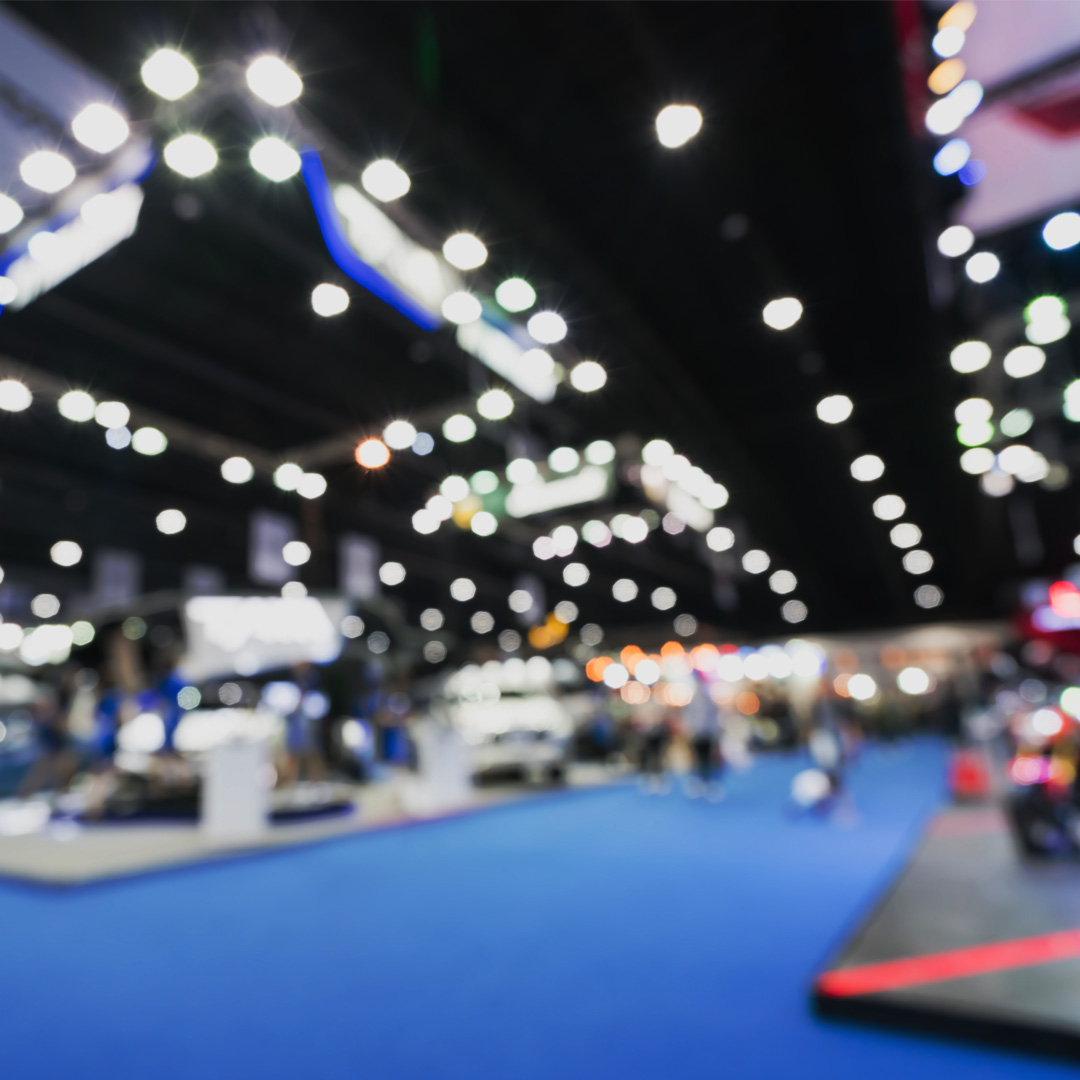This website uses cookies so that we can provide you with the best user experience possible. Cookie information is stored in your browser and performs functions such as recognising you when you return to our website and helping our team to understand which sections of the website you find most interesting and useful.
How to Maximize Your Trade Show Exposure with the Media

Trade shows are beehives for editorial activity. They are an ideal place for companies to promote new or enhanced products, meet with customers and vendors and generate new leads. However, business leaders often equate a successful trade show as simply presenting their products and talking with past customers and new prospects. If that is the extent of your trade show activity, you are leaving too many opportunities on the table. Think of a trade show as a strategic media opportunity, not just a sales effort.
Relevant reporters and bloggers attend trade shows to experience new products hitting the market with the hopes of tapping into the expert on hand. Each of these reporters presents a chance to earn free media coverage for your product, company and subject-matter expert.
Plan Your Trade Show Media Strategy
First things first: Identify what is newsworthy about your product. Since this serves as the foundation for building your media strategy, pinpointing its most important features is critical. After documenting your product’s “news angle,” and prior to the trade show, obtain the press list from the show’s organizers. Review and research the reporters attending and create a list of those who represent publications read by your customers or prospects and who may have interest in your product. Larger shows may have a dedicated press room where you can leave materials.
Start Contacting Reporters
Reporters’ schedules fill up fast, so once you know those with whom you would like to secure interviews, contact them at least six weeks in advance. When you have them on the phone, let them know you will be attending the trade show and why they should be interested in your product. Make it worth their time by offering a private demo and the opportunity to speak with your subject-matter expert.
While there is no limit to the number of interviews you book, you should be mindful of your resources. If your expert also happens to be a sales person, you probably don’t want them booked all day with interviews. In addition, allow at least 15 minutes between interviews to accommodate reporters who may run behind schedule.
Prepare for Your Interviews
While each reporter may prepare differently (or not at all) for the interview, you should be ready to give each reporter what he or she wants to craft a good story.
A good practice that will give you an edge is creating a packet that lists out the schedule for each interview and includes key details such as:
- Name of the reporter and publication
- What topics the reporter writes about (include sample stories)
- Questions you think will be asked
- Possible opportunities to contribute future stories to their publication
Once you’ve created your packets, go through media training with your interviewees to make sure everyone is getting the same, accurate messages across about your product and company.
Post-Show Homework
Just because the trade show is over doesn’t mean your work is. Every reporter attending a trade show goes back to his or her desk with at least a dozen story ideas, and competition for space is high. Following up with the reporters you spoke with is critical to maximize your coverage and secure future stories. If you fail to follow up, many of those opportunities may be lost.
Read More: A lot of effort and time goes into building brand awareness. The Sikich Public Relations team uses a mix of traditional and modern approaches to help their clients achieve a higher media profile. Learn more in our blog post, 3 Ways to Build Your Brand through Public Relations
This publication contains general information only and Sikich is not, by means of this publication, rendering accounting, business, financial, investment, legal, tax, or any other professional advice or services. This publication is not a substitute for such professional advice or services, nor should you use it as a basis for any decision, action or omission that may affect you or your business. Before making any decision, taking any action or omitting an action that may affect you or your business, you should consult a qualified professional advisor. In addition, this publication may contain certain content generated by an artificial intelligence (AI) language model. You acknowledge that Sikich shall not be responsible for any loss sustained by you or any person who relies on this publication.




